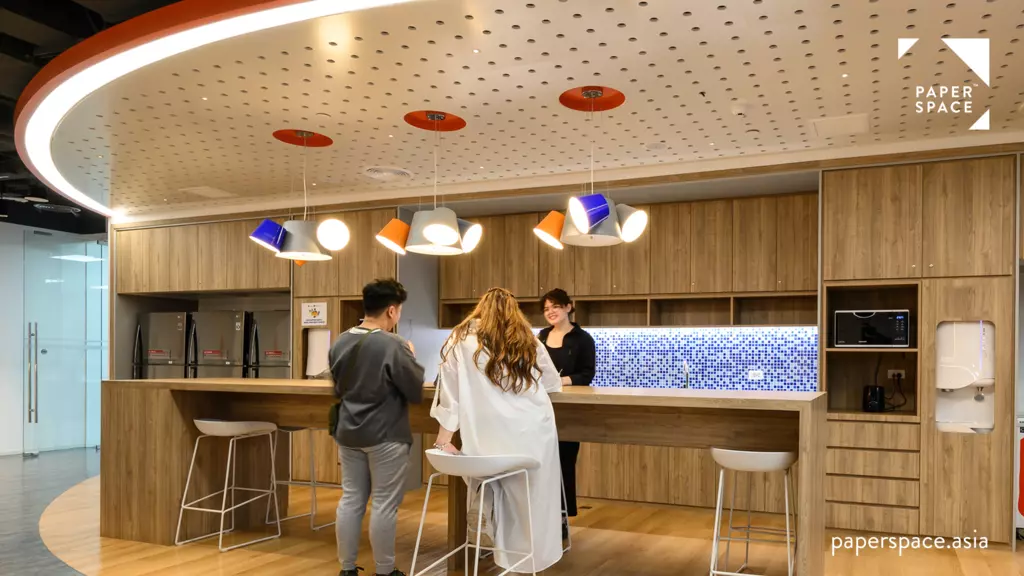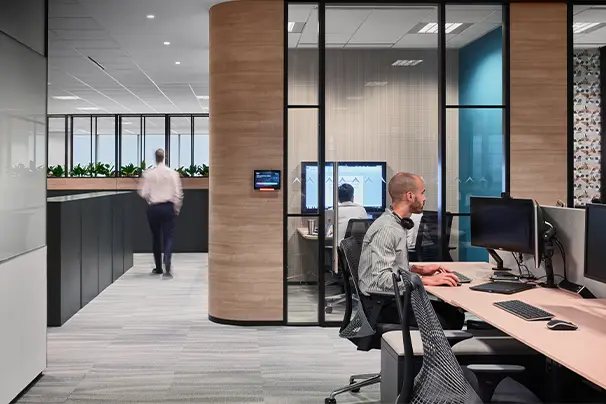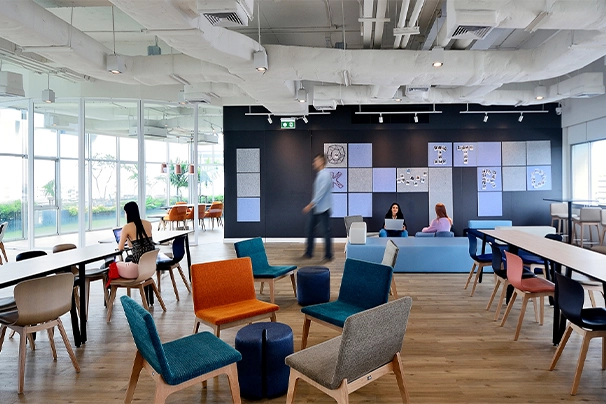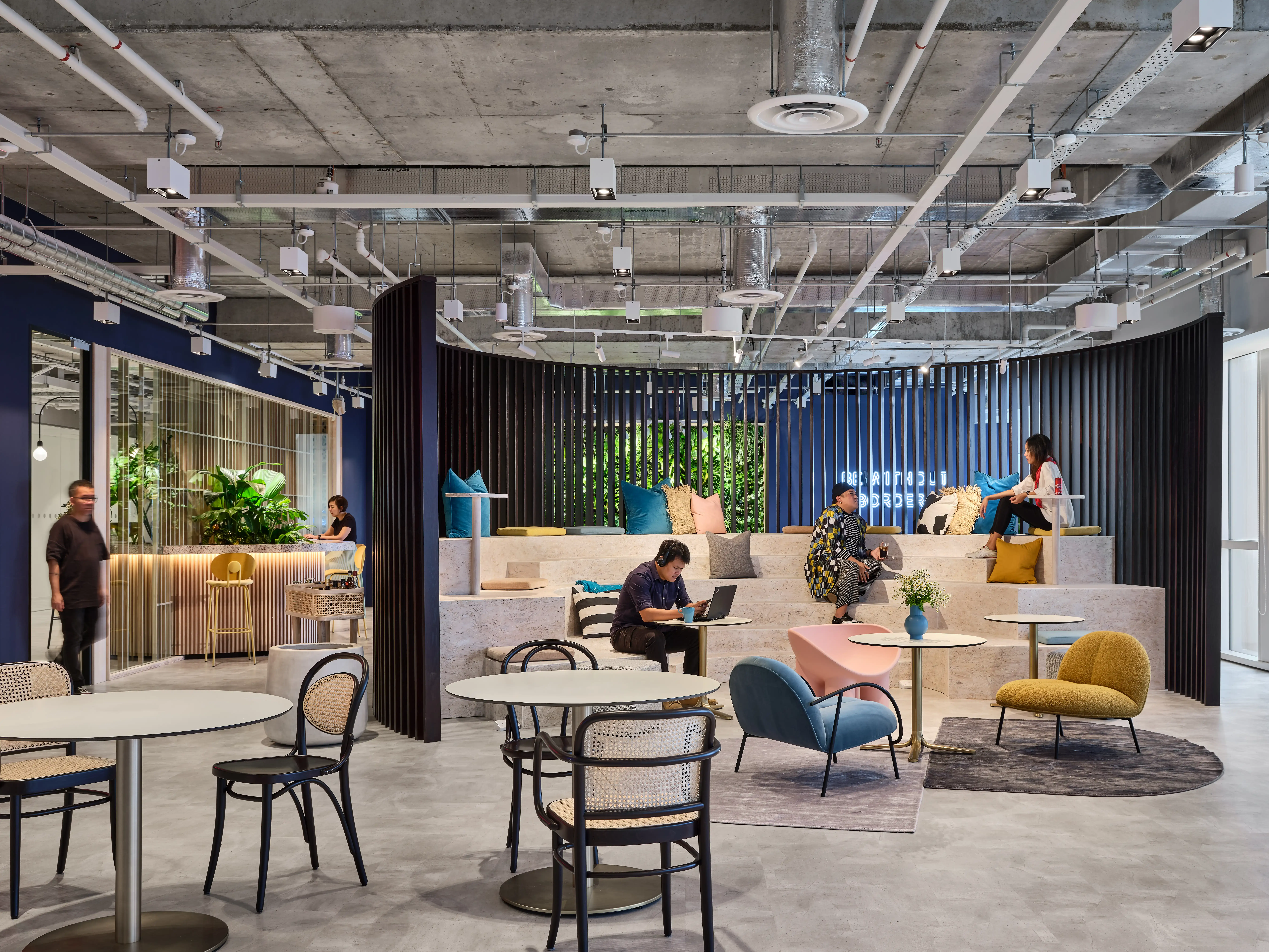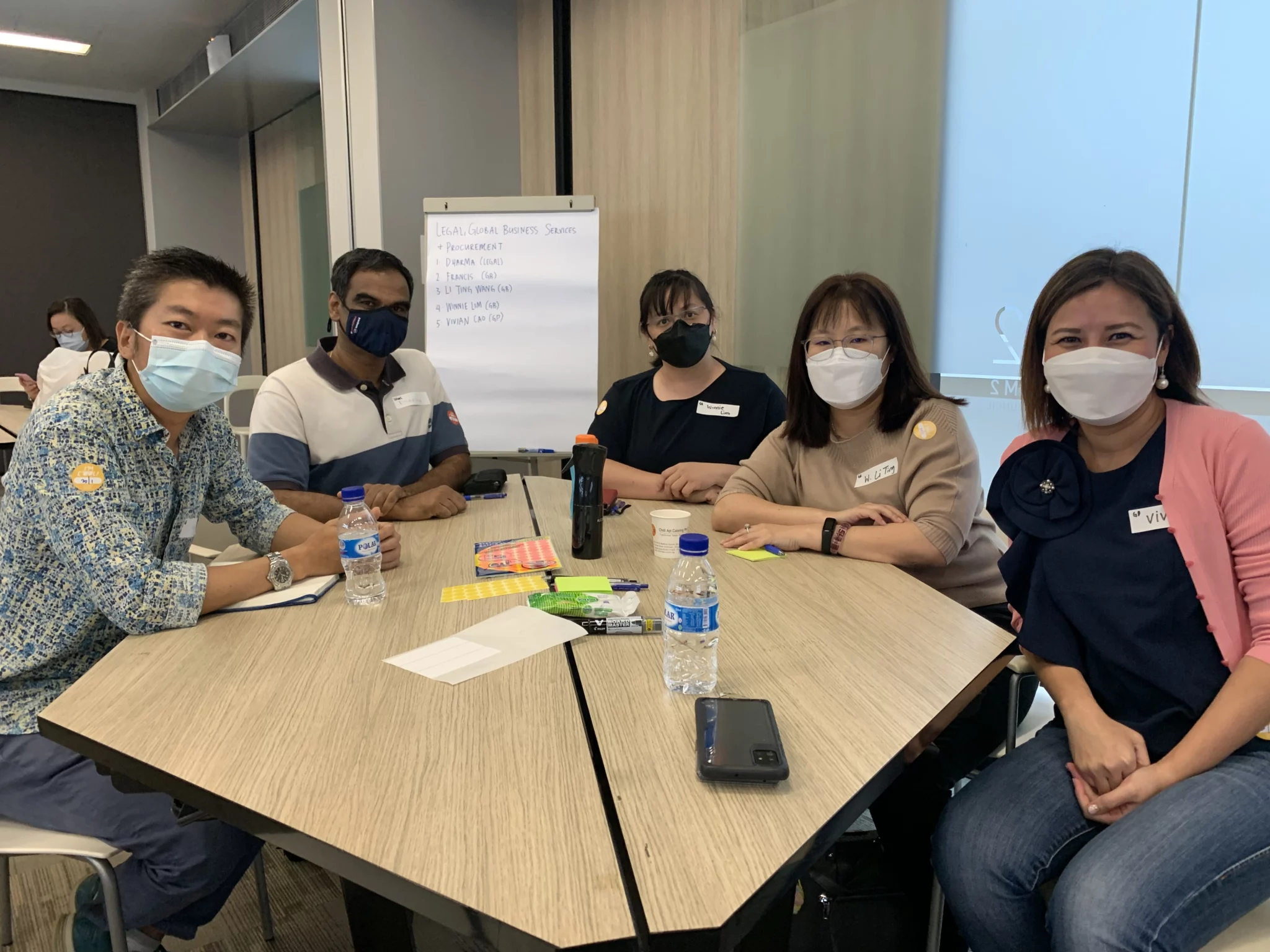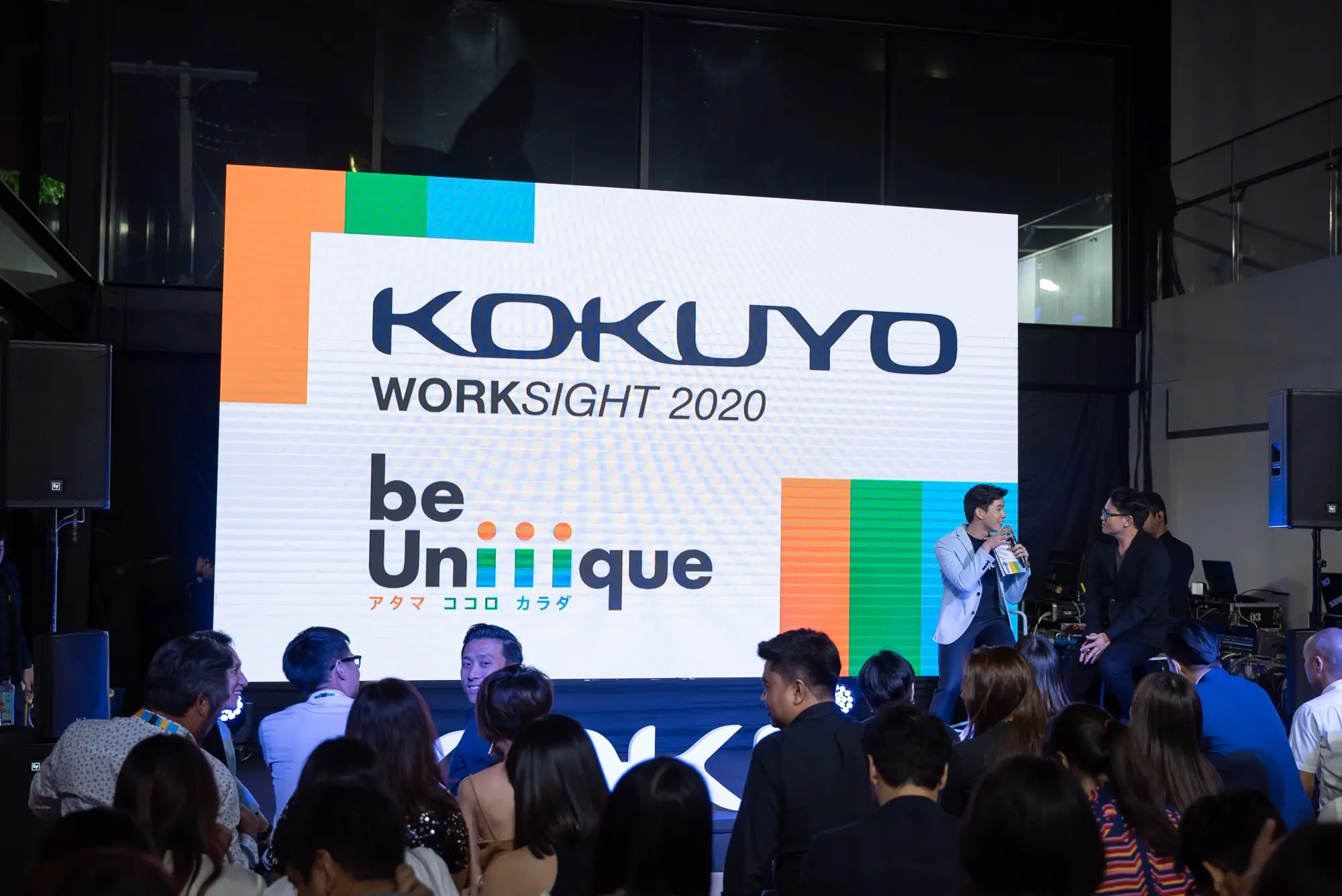The Most Effective Offices Champion
Convenience And Visibility
7 September 2022
The first step to an effective office is providing the relevant spaces employees need – designed for various workstyles such as high-focused individual work, frequent collaborative gatherings or a mixture of both. If they are readily available, it becomes second nature for employees to make use of them depending on their needs at the time.
However, knowing why and where these workspaces must be arranged can be a complex feat. 38% of hybrid employees claim they struggle to understand when and why they need to come into the office. Aside from verbal reminders from leadership, it is important for the workplace to communicate its usefulness to employees.
For example, a team touchdown point may only see constant use if placed in an accessible common area, compared to one that is tucked in an isolated corner. Thus, it is essential for organisations to realise that offices require a design philosophy that promotes convenience and visibility.
Designing With Visibility As A Priority
 Kantar Philippines and Paperspace Philippines.
Kantar Philippines and Paperspace Philippines.
Since 2013, Kantar Philippines Inc. had been distancing themselves from the traditional office setting for one that reflected their belief of the company as a cohesive unit. This meant breaking down barriers, literally and figuratively, between all employees to centre everyone within the same space. In 2020, the company adopted an office that embraced the notion of all employees sharing a space, regardless of hierarchy.
Centering around the concept of ‘designed interactions’, Kantar believes that collaborative efforts between their employees is the way forward for their work model. To facilitate this, there are clear sightlines of all going-ons in the office, from workstations to meeting rooms to break areas – so employees would not hesitate to reach out to others when needed.

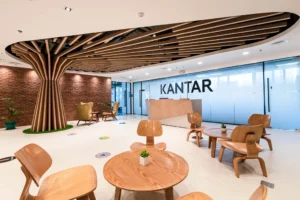
(Left) The Kantar Philippines pantry and (Right) reception area.
A day at Kantar starts with the sight of people. Stepping out of the lift lobby – to the left is an extensive pantry with seats filled with people enjoying their first bite of the day; to the right, a welcoming reception area for guests and clients to touchdown at. Both areas that encourage and facilitate organic and light socialisation.
 Kantar Philippines workstations.
Kantar Philippines workstations.
The whole office takes up the space of an entire building floor, with Kantar’s shared workstations laid out along the outer walls, next to all the windows for employees to soak in the natural sunlight. It is a purposeful decision to keep employee spirits up and, again, to keep them open to conversations with each other.


(Left) A Kantar Phillippines meeting room and (Right) a walkway lined with meeting rooms towards the workstations.
Meanwhile, all meeting rooms and open collaboration spaces are close to the centre of the floor, away from the quiet areas and in their own segregated zones. This works as an unobtrusive method for employees to choose their workspace of choice without getting in the way of anyone else at the workstations.
Practising Our Design Philosophies
The philosophies behind our designs are also put to the test in our office. During a week-long stay working in the Paperspace office, Rice Media editor-in-chief Ilyas Sholihyn praised the design language felt in our office arrangement.
“[All] furnishings and amenities [have] a purpose, with logic and fluidity to work at different spots,” said Ilyas.
We believe that a well-designed office provides an intuitive experience that allows employees to navigate through the space from task-to-task to achieve their best work. This is done through a mix of centralised and distributed areas, as we can see below.

A day in the Paperspace office starts at the pantry, where employees can grab a quick meal or perch right next to the discussion areas next to it for spontaneous discussions. Then as the need for individual focus work or virtual meetings arise, the quiet workstations further in are always available for use. This separation of areas helps employees orient themselves when it comes to their daily routines, and naturally guides them towards a space they need for when they need it.
Emulating an accommodating atmosphere found in the hospitality industry, we believe that having every facility employees need just a few steps away is key to an office that is comfortable. We then go a step further to ensure that they are where they need to be, logically arranging them so employees would never be confused on where they need to be to work at their best.
How Do We Determine The Arrangement Of An Office?
Along with a good understanding of employee work behaviours, the most effective way to determine how an office is used comes down to in-depth research of the business’ culture and routines. How often is management having meetings? Do clients often come by the office? When do employees come into the office any given day of the week?
Our 4-Step Guide To Your Hybrid Office is a substantial tool we created which pooled our collective knowledge into the analysis and planning of an organisation’s ideal workplace. We have done our own research on companies from Singapore, Thailand, Philippines and Malaysia – allowing us to streamline the process of hybrid office transformation.
Make use of our methodologies by downloading it here.
TAGS
join our newsletter
Subscribe to receive the latest updates and news on design,
workplace strategy and research into your inbox.

